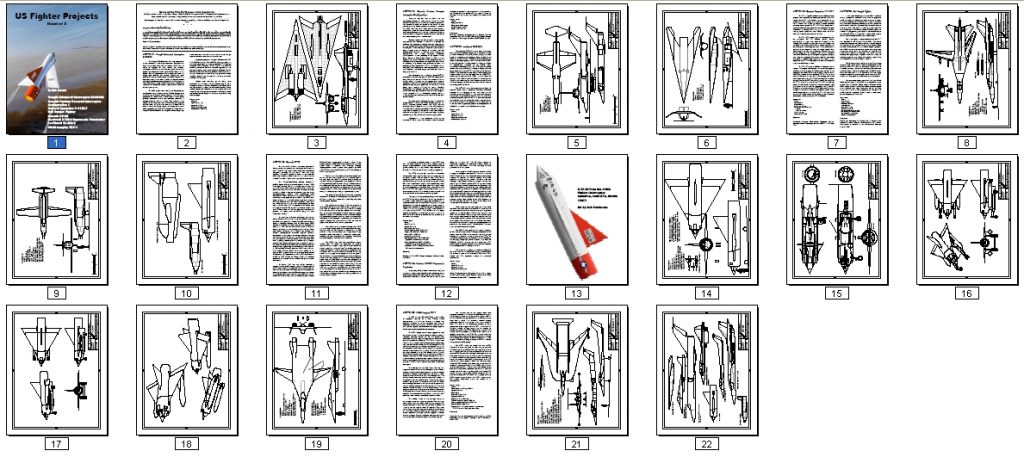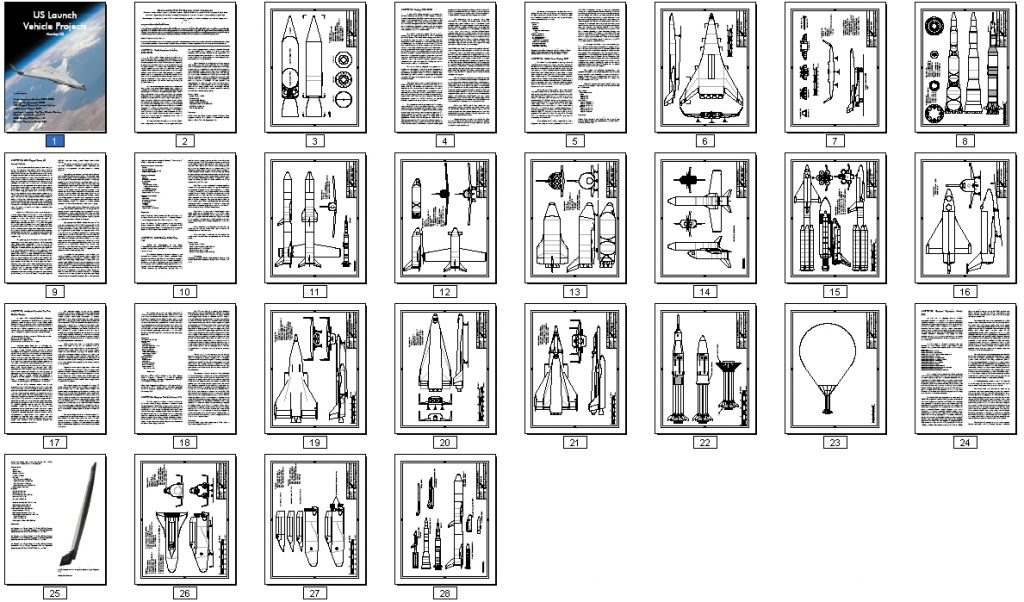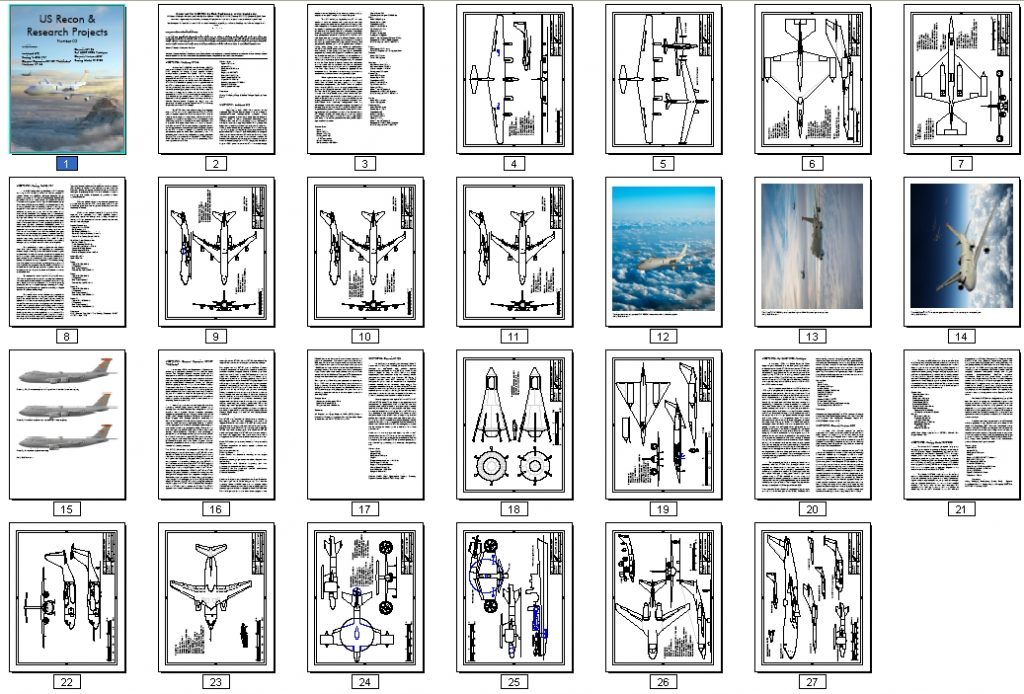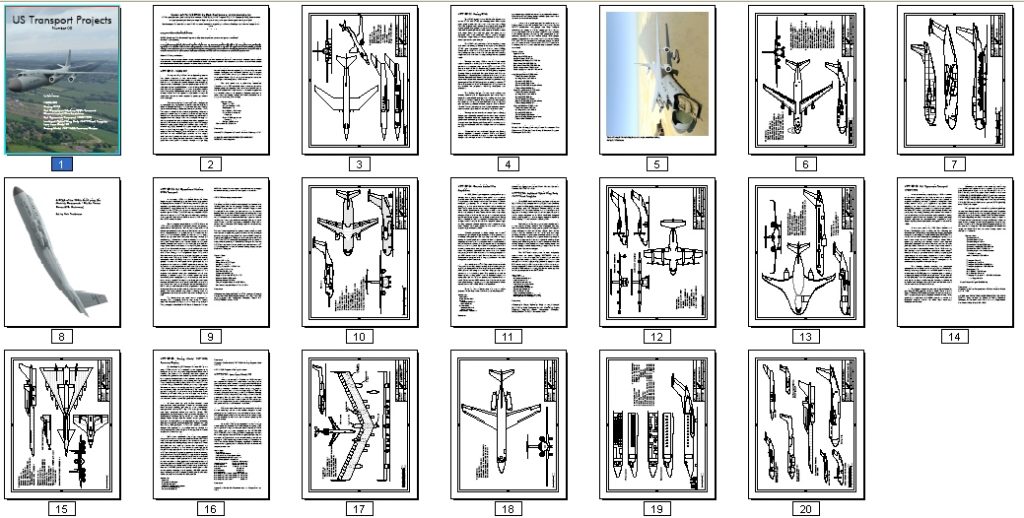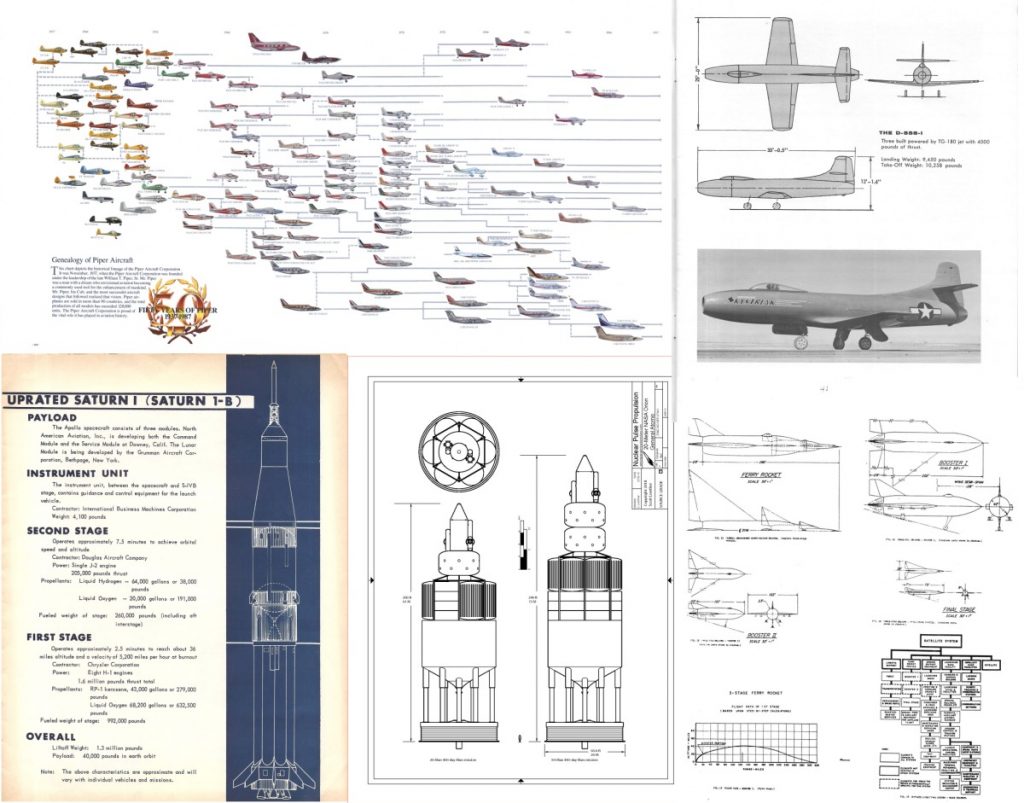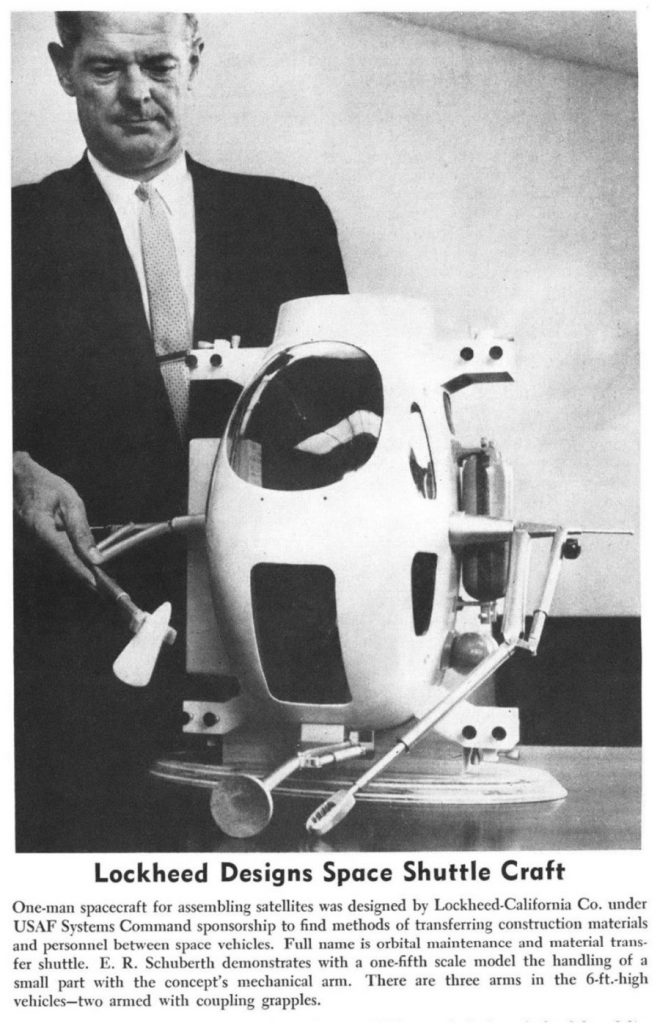A silent film of Apollo 11 footage, including some spiffy closeups of the fully insulated F-1 rocket engines.
If you’ve ever wondered what it would look like to be on the receiving end of an ICBM-launched weapon… kinda like this:
Note that you could, from a sufficient distance, visually track the incoming warheads. They don’t look like phaser beams coming in, but they do glow fiercely from aerothermal heating. At least a few of the warheads apparently got *real* close to the intended target. Given that live warheads would have had yields measuring several hundred kilotons, that’s pretty much good enough for most purposes.
Small American rocket company Rocket Lab has made their first commercial space launch of the Electron rocket from a site in New Zealand. This one – unlike SpaceX’s Falcon series, it’s fully expendable – was nicknamed “It’s Business Time” and sent several small satellites into orbit, including a prototype “drag sail” for de-orbiting defunct satellites. Total payload of the Electron is only 500 pounds, and the dollars-per-pound is likely far higher than for the Falcon 9. But little rockets like this, if they are made and launched with sufficient numbers, should provide not only cheap-enough capability but also much faster turnaround time for cube- and nano-sats.
Neat to see it launching from New Zealand. But the future of space launch can’t be from there, as New Zealand is a “nuclear free zone.” No deep space probes with RTGs, no nuclear reactors of manned missions, no nuclear engines.
Now available… four new issues in the US Aerospace Projects line.
US Fighter Projects #3
Cover art was provided by Rob Parthoens, www.baroba.be
US Fighter Projects #03 is now available (see HERE for the entire series). Issue #3 includes:
- Vought Advanced Interceptor AI-0604R: a dart-winged ejector ramjet-powered concept
- Convair Nuclear Powered Interceptor Configuration I: a single0seat interceptor with a nuclear reactor
- General Dynamics F-111X-7: A stretched F-111 for bomber escort and interception
- Bell Ramjet Fighter: A subsonic small fighter from the end of WWII
- Convair XP-92: A post-war delta-winged ramjet powered supersonic interceptor
- Rockwell D736-4 Supersonic Penetrator: the wings could sweep back entirely within the fuselage
- Lockheed CL-362-2: A high-altitude hypersonic rocketplane
- NASA-Langley TBF-1: an unusual supercruiser
USFP #3 can be downloaded as a PDF file for only $4.25:
——–
US Launch Vehicle Projects #5
Cover art was provided by Rob Parthoens, www.baroba.be
US Launch Vehicle Projects #5 is now available (see HERE for the entire series). Issue #5 includes:
- North American Aviation 600K SSTO: an early concept for cheap space launch
- Boeing “Windjammer” SSTO: A horizontal takeoff design form the early 70s
- JSC Winged Heavy Lift Launch Vehicle: A giant SPS launcher
- NASA Nova “Saturn C-8”: an early Apollo booster
- Lockheed Reusable Ten-Ton Orbital Carrier: A logistics system from the early 60s
- Chrysler Hot Air Balloon S-IB: An unusual approach to booster recovery
- MSC Orbiter 042A Titan IIIL6: A shuttle design with a delta-winged orbiter on an enlarged Titan
- General Dynamics Model 202: a preliminary design for a Brilliant Pebbles launcher
USLP #5 can be downloaded as a PDF file for only $4.25:
——–
US Recon & Research Projects #3
Cover art was provided by Rob Parthoens, www.baroba.be
US Recon & Research Projects #3 is now available (see HERE for the entire series). Issue #3 includes:
- Lockheed A-2: An early design leading to the SR-71
- Boeing NuERA 747: A nuclear powered 747
- General Dynamics SX-109 “Pathfinder”: a subscale SSTO demonstrator
- Northrop N-165: A giant U-2 alternate
- Convair M-125: A high altitude/speed single seat recon plane with toxic fuel
- Bell AMST STOL Prototype: A heavily modified C-130
- Convair Nuclear AEW: unmanned, nuclear powered VTOL fleet defense recon platform
- Boeing Model 818-300: an early 60s battlefield surveillance platform
USRP #3 can be downloaded as a PDF file for only $4.25:
——–
US Transport Projects #8
Cover art was provided by Rob Parthoens, www.baroba.be
US Transport Projects #8 is now available (see HERE for the entire series). Issue #8 includes:
- NACA SST: a 1947 concept
- Boeing CX-HLS: Boeings design for what became the C-5
- Bell Operational Medium STOL Transport: vectored thrust for short takeoff
- Convair Limited War Amphibian: A concept for a single plan to meet both land and sea plane requirements
- Bell Hypersonic Transport 1980-1990:A two-stage turboramjet/rocket concept
- Lockheed Hybrid Wing Body 757PF-Sized Freighter: a recent design for an advanced transport
- Lear Liner Model 40:a small airliner/large executive transport
- Boeing Model 759-153A Resource Carrier: A big flying wing natural gas “tanker”
USTP #8 can be downloaded as a PDF file for only $4.25:
——–
In June 1973 Rockwell put together a short course – presumably or employees new to the STS program – that described the Space Shuttle system as it was then designed. There were a number of clear differences between the STS of the time and the STS as actually built. Differences included a forward extension of the OMS pods, continuing well onto the cargo bay doors. Also, the forward RCS thrusters on the sides of the nose were contained behind sizable doors to protect them during re-entry, a protection that was found to be unnecessary. There were also important differences with the SRBs and ETs.
I have made the full-rez scan of the document available to $10+ APR Patreon patrons. If this sort of thing is of interest, please consider signing up for the APR Patreon.
SpaceX’s Starman Roadster has ventured past Mars
it is, in fact, well beyond Mars:
Starman’s current location. Next stop, the restaurant at the end of the universe. pic.twitter.com/Ty5m8IjJpE
— SpaceX (@SpaceX) November 3, 2018
Here’s an orbit simulator:
http://orbitsimulator.com/gravitySimulatorCloud/simulations/1541208449252_tesla.html
This is what a manned mission to Mars dating from the late Apollo era would have looked like: a cluster of hydrogen tanks with a small number of NERVA nuclear rockets. The spacecraft would have been relatively gigantic as it leaves Earth orbit; large enough that it would have been assembled in space from at least six Saturn V launches. When it returns to Earth it would have been little more than the mission module; this would blast past Earth and continue in solar orbit while the astronauts and a few trifling hundreds of pounds of Martian souvenirs would have plowed into Earths atmosphere in a compact entry capsule. The mission module itself is described fully and heavily illustrated in US Spacecraft Projects #3.
I’ve uploaded the full rez versions of these renderings to the 2018-11 APR Extras folder on Dropbox, available to all APR Patrons at the $4 level and above. If this sort of thing is of interest, please consider signing up for the APR Patreon.
I’ve just sent out the rewards for October, 2018, to APR Patrons. This months rewards include:
CAD diagram: 20-meter Orion spacecraft
Diagram: Genealogy of Piper aircraft
Document: “Story of the Uprated Saturn I” NASA-MSFC brochure circa 1966 describing the Saturn Ib, including future possibilities
Document: “Preliminary Design Study of a Three Stage Satellite Ferry Rocket Vehicle,” 1954 Goodyear paper describing the METEOR launch vehicle. First of a number of METEOR documents I have.
Document: “The Rocket Research Aircraft Program 1946-1962,” Edwards AFB booklet describing the various rocket aircraft tested up to the x-15
If this sort of thing is of interest, please consider signing up for the APR Patreon.
A couple years late on the news about this, but… bah. Bah, I say.
285,000 lbs (approx) of Hard Mobile Launcher
(HML) vehicle unit
The “Hard Mobile Launcher” that had been on display at National Museum of the USAF (Dayton, Ohio) was apparently sold in 2015 for the bargain basement price of $27,500. The HML was the mobile launcher for the Small ICBM (Midgetman), and it seems it is now bits of steel, likely shipped to China to be turned into nails (after careful measurements).
Bah.






